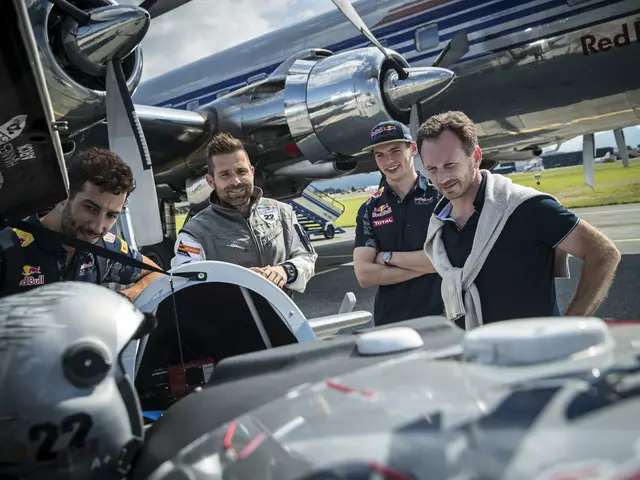Business Insights for the UK Motorsport World
If you love the roar of engines and the thrill of the race, you probably also wonder how the business side works. Who sells the parts, how sponsors decide to back a team, and what small shops can do to grow – these are the questions we answer right here.
How the Parts Market Keeps the Wheels Turning
Britain has a dense network of parts suppliers, from big distributors to niche boutiques. A common mistake is to think you need a massive inventory to succeed. In reality, focusing on a few high‑quality brands and offering fast, reliable service can win you repeat customers. Many shops use online platforms to reach riders across the country, cutting the need for a huge showroom.
Pricing strategy matters too. Rather than undercutting every competitor, look at value‑added services – free fittings, warranty extensions, or technical advice. Those extras make customers feel they’re getting more than just a bolt.
Sponsorship and Brand Partnerships Made Simple
Sponsorship is the lifeblood of many racing teams. For a brand, it’s not just a logo on a bike; it’s a chance to connect with a passionate audience. Start by identifying teams that match your target market – a youth karting club is perfect for an entry‑level apparel line, while a professional superbike outfit fits a high‑end parts manufacturer.
When you pitch, keep it short and show what you bring to the table: cash, equipment, or promotional support. Numbers matter – tell the sponsor how many fans watch the events, the reach of your social media, and any media coverage you can guarantee.
Don’t forget the follow‑up. After a race, share results, photos, and metrics with your sponsor. Seeing the impact reinforces the partnership and opens doors for longer contracts.
Starting a Motorsport Business After 30?
Age is just a number when it comes to motorsports. If you’re 30 or older and want to start a racing‑related business, focus on what you already know. Maybe you’ve spent years fixing bikes in a garage; turn that expertise into a consultancy or a specialized parts shop. Get training where you need it – a short course on business planning can be more useful than endless technical tweaks.
Networking is key. Join local clubs, attend race weekends, and talk to owners. Those conversations often lead to first customers or partnerships. And remember, safety and insurance are non‑negotiable – they protect you and give clients confidence.
Where to Find Real‑World Business Stories
Reading about other people’s successes helps you avoid their mistakes. For instance, the story of Power & Play Motorsports shows how a small team grew by diversifying into ATVs, dirt bikes, and snowmobiles, while keeping a tight focus on customer service. Another example is the rise of boutique parts providers who leveraged social media to build a community of loyal fans.
Keep an eye on industry news sites, follow UK motorsport forums, and subscribe to newsletters that cover both racing and business angles. The more you soak in, the better your own decisions will be.
Bottom line: the motorsport business isn’t just about speed; it’s about smart choices, clear value, and real connections. Use these tips, stay adaptable, and you’ll see your venture accelerate faster than a bike on the straights.



